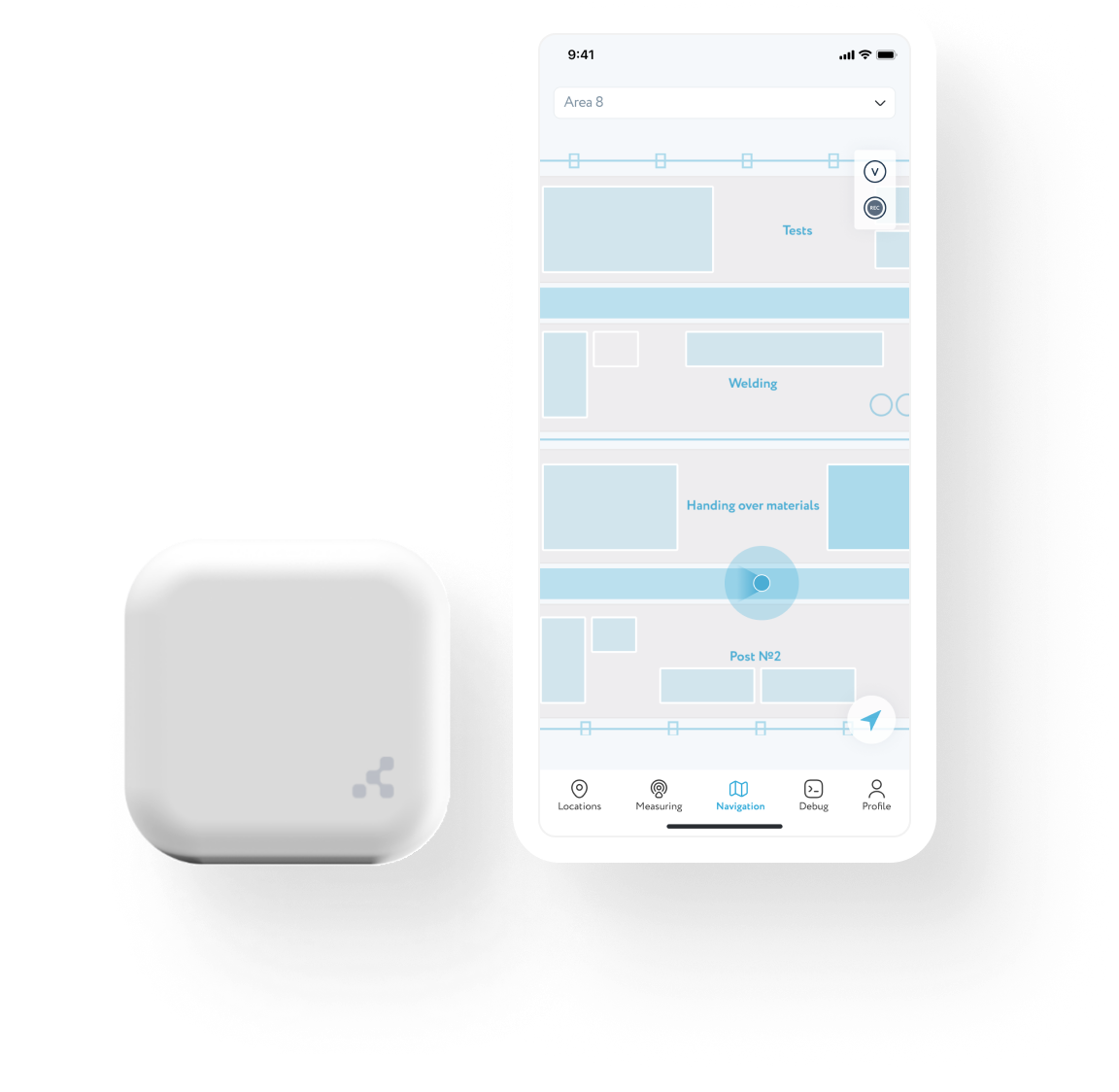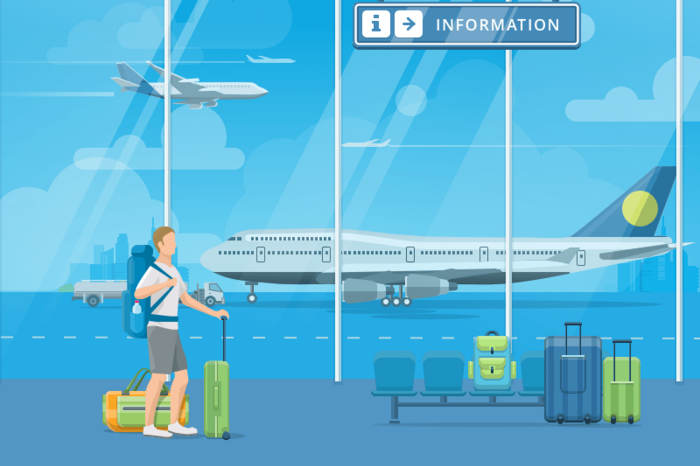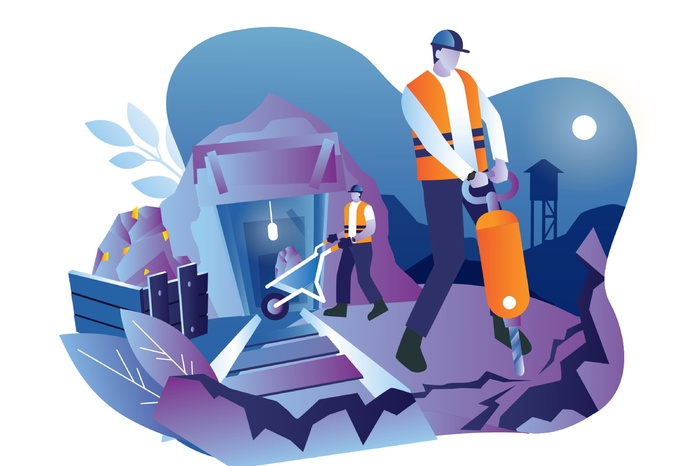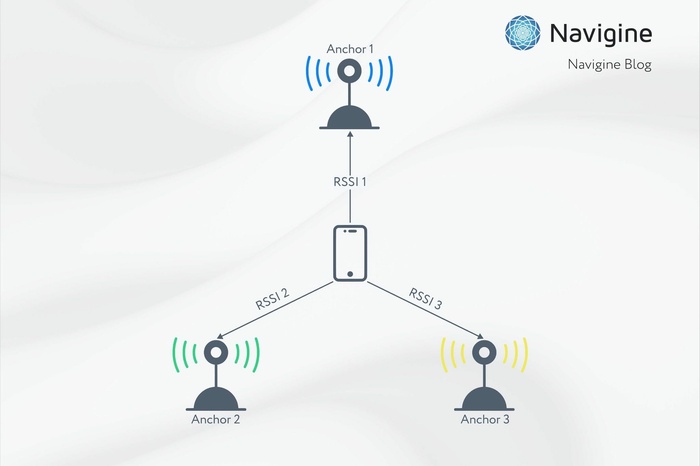Img Source - Laura Moyer
With the development of modern technologies, many educational institutions began to introduce innovative systems into their infrastructure for easier and more accessible visits. Digital platforms make it much easier for students to stay on campus or at college. This is especially true for freshmen and guests who are not yet familiar with the internal layout of educational buildings. One such system is college campus wayfinding. It’s easy to implement and can be integrated into a mobile app or a college web platform.
How the indoor wayfinding system works for campuses and colleges
Platforms for indoor navigation are location-based. To ensure wayfinding, special tags known as beacons, which operate by sending radio signals, are installed in different spots on campus. With a certain cadence, they send pulses that are received by readers and transmitted to the server for processing.
As soon as a student with a mobile app appears in the coverage area of the beacons, the solution determines their location and performs some specific tasks such as developing a route, sending a push notification, etc. The platform can work on any smartphone based on Android or iOS. It doesn’t require high energy costs and provides unlimited possibilities for campus wayfinding.
Many technologies can be used to implement the system in the college infrastructure. The university wayfinding platforms successfully operate based on Bluetooth® Low Energy, UWB, Wi-Fi, and other modern solutions. To select the appropriate technology, one should take into account the needs of the educational institution, the budget, the total coverage area, and the number of buildings, rooms, and floors.
One of the most effective indoor navigation solutions for college campuses is navigation using QR codes. In recent years, it’s been rapidly gaining popularity and is being implemented in many educational facilities. To use this technology, one has to scan QR codes that are placed at the entrance to campuses and college buildings. Visitors just need to use a smartphone with a pre-installed application, scan the code, and open a detailed digital map of the facility, which allows for building routes to points of interest.
To learn more about QR navigation for colleges, scan the QR code on the page and check out the demo solution:

What can an indoor navigation system be used for?
The university navigation system has wide functionality. With it, you can quickly search for the right classrooms, build routes around the educational institution, maintain the safety of students, professors, and visitors, and send out useful push notifications.
Quick search and building routes to classrooms within the building
Thanks to indoor wayfinding, students no longer have to wander around the campus buildings in search of the desired classroom. As mentioned above, this is especially useful for freshmen and guests who have not yet studied the map of an educational institution well enough. The platform is also useful for the so-called "seamless" navigation (indoor-outdoor), which allows you to move between buildings within the same campus. Indoor maps are seamlessly replaced by outdoor navigation, which is very convenient for large campuses.
Using a navigation platform helps to build the shortest routes to the desired objects. Moreover, the student gets the opportunity to plan their path and develop it taking into account the class schedule. It’s enough to put in all the destinations, and the system will build a route that will take the least time. This solution reduces the frequency of running late to class and allows students or professors to see routes where priority is given to ramps or elevators rather than stairs.
Finding the right classrooms in other campus buildings
There are many buildings on campuses, which sometimes makes it difficult for visitors to find the right ones. These buildings include:
- dorms;
- administration buildings;
- cafeterias;
- libraries;
- educational buildings.
The system allows you to quickly find any desired object. The mobile application with the indoor navigation features provides the visitor with a detailed college map and helps to get directions to places of interest.
Library map search
With the help of a college wayfinding platform, visiting the library can be greatly simplified. The system will build a route between the shelves and help you easily find the book you need. It will accompany the user during the entire stay in the library. With it, you can build routes, get tips on finding authors’ sections or specific books, and combine the room into a single virtual and physical space.
Mobile navigation not only allows you to search for books, but also improves the user experience of visitors. Students or professors can build routes on their own and choose the shortest ones. Additionally, the system can send push notifications that contain information about related books or notify about upcoming events at the library.
Get up-to-date data and news
Universities are constantly changing to reflect the expansion of their activities. They can be renovated, new audiences can appear, and services can expand. If students and professors are unaware of these changes, they may experience problems with navigating the facility.
For users to receive up-to-date and relevant information about college life, a university navigation system uses the feature of sending push messages. If there are changes in locations, new classrooms, or even buildings are added, all innovations are updated on the map, and visitors receive notifications accordingly.
Benefits of using a wayfinding system at a college
Campus map and wayfinding can be successfully used by both students and professors, as well as visitors. Thanks to interactive solutions, visiting an educational institution becomes more comfortable and easier and saves a lot of time in finding classrooms.
Benefits for students
When using a university navigation system, it’s possible to facilitate the movement of students around the campus and remove a certain amount of stress. The platform provides students with the following benefits:
- Reducing stress. Using the mobile app with navigation will relieve students of the need to waste time and wander around the buildings for a long time. Students will be able to plan their time when they leave home and quickly get to the classroom without being late for lectures. This will reduce their stress levels and make it easier to prioritize their studies.
- Improved ease of navigation. If necessary, the system can be configured in such a way that it selects the most comfortable route. This technology allows for prioritizing elevators over stairs.
Benefits for employees
Professors and other academic staff are usually already familiar with the layout of facilities, but they can use indoor navigation for analytics or optimizing college performance. The advantages of using the platform for the college administration are:
- the ability to quickly make changes to the map in real-time when a building’s layout changes;
- additional services, such as new cafeterias, conference rooms, etc.;
- obtaining detailed analytics about the work of an educational institution;
- the opportunity to quickly search for educational equipment and tools;
- control over social distancing.
Security staff can use university wayfinding to indicate emergency exits on the map to organize the shortest evacuation routes.
The main benefit for the management is the opportunity to receive detailed analytics to create a personalized "marketing" campaign. Detailed information about the activities on the campus allows employees to increase traffic to various university events, ensure that the conference rooms are filled up, and also attract visitors to the college website. If necessary, you can set up a notification feature that will notify the visitor when they pass by the building where an event is currently going on.
The technology opens up opportunities for quickly booking conference rooms. If a professor plans to hold a lecture or public hearings, the system will allow him to book a room directly on the university map. Additionally, information about a particular hall will be provided, such as capacity, availability of equipment, etc.
Benefits for visitors
Regular visitors to the college also receive many benefits. The huge number of rooms and buildings can be intimidating for them, and asking for help in finding the right objects often takes a lot of time. To save time and quickly find the right places, they can just use indoor navigation. A college campus wayfinding system helps visitors navigate the educational institution and provides many features, such as the following:
- identifying the desired object on the map;
- building a short route;
- receiving text, visual, or voice prompts along the way.
Solutions for colleges by Navigine
If you need full-fledged indoor-outdoor navigation around campus or university, pay attention to our Navigine SDK software. We provide clients with innovative solutions that can be easily adapted to a specific institution. Our software solves a wide range of location-based tasks and has several benefits, such as:
- ease of installing inside the building;
- technical support from the Navigine staff;
- help with settings;
- working with various technologies;
- integration with other geolocation services;
- high system accuracy.
To learn more about the Navigine indoor navigation software, leave a request on the website or book a free Zoom demo:
We will walk you through any issue and provide detailed instructions for integrating the system into apps.





